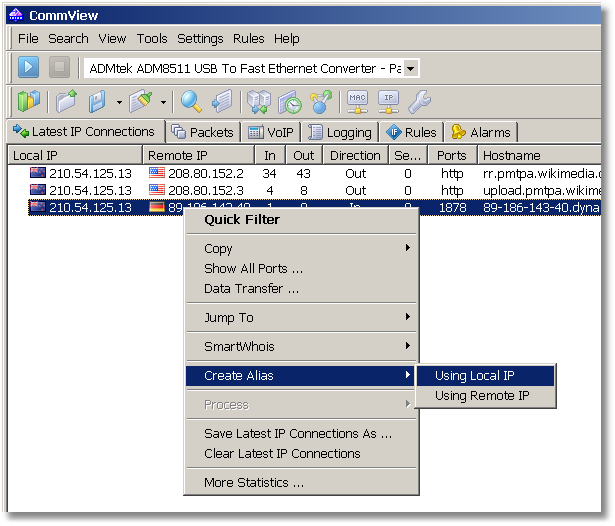
#Myaddress line how to#
Here are five examples of how to address someone in a cover letter when you don't know their name. Who to Address a Cover Letter To Īddress your cover letter to the hiring manager, even if the letter will go through a recruiter. To convey high competence from the beginning, use specifics. If you just want to know how to address your letter without a name, the examples above will work. What if I gave you a button, and by pushing it, you could make the hiring manager say the words above? Ready to move past the "who do you address a cover letter to" question? Need great tips and advice to write the whole thing? See our guides: " How to Write a Cover Letter " and " Are Cover Letters Necessary ?"Ģ The BEST Way to Address a Cover Letter with No Name My resume is now one page long, not three. One of our users, Nikos, had this to say: See all our resume templates matching your cover letter here. Resume and a sample cover letter for a job application. Start by picking the right resume template, then make a matching cover letter.
#Myaddress line professional#
Want to save time and have your professional job application ready in minutes? Here are a sample cover letter and a matching resume made with our resume and cover letter builder. If you don't like it, leave it off and just say, "Hiring Manager,".
#Myaddress line pro#
Pro Tip: Should you use "dear" in a cover letter address? It's common and accepted. I'll show you a career-saving way to do that next. It lets the manager get on to the important info in your letter, like why your resume is so amazing.įor the best way to address a cover letter with no name, you'll need specifics. In fact, 40% of managers prefer " Dear Hiring Manager" to any other cover letter salutation. That's another way to start a cover letter introduction right if you don't know the hiring manager's name. Why does that work for addressing a cover letter to unknown? It avoids the chance to make things worse.Īddressing a Cover Letter with "Dear Hiring Manager" Leave the salutation off and start with the first paragraph.Īddressing a Cover Letter with No SalutationĪgilium's commitment to employee development is well known. The first and easiest way to address a cover letter without a contact? But if you don't know how to address a cover letter without a name, you may sound almost as tin-eared. Of course you won't do anything that silly in a business letter. One starts, "Dear esteemed gentleman of high regard." To make things worse, your name is Nancy. The way I see it, the field should either be an address (street + house number), or if we're going to split things up, do it properly and ask for the road and house number independently.1 How to Address a Cover Letter with No Name I just took your validated input and dumped it into line 1." Why am I even giving the end user (and myself) the chance to be confused. Should I combine the (line 1 + line 2), then validate? What do I do with the users original input if I'm correcting them ("did you mean xxx")? Do I just say, "yah, address line 2 doesn't really do anything. But simply because of the "Line 2" thing, you can't really be certain what you're doing. Except these days you could do something like validate the field against a geolocation api. The whole field is flaky in general because you can't really do validation on it (some addresses have roads and a house number, others have streets and avenues). I've been thinking about it and realized that as a result, I don't really trust the address data in my database. Why don't we have address line 3 while we're at it? Is something "supposed" to go in each respectively? I've never seen it. But "Line 1" and "Line 2" themselves don't really have any meaning. Except maybe that the concatenation of the two fields results in a "plain old address". You don't really know what you have in either field. It ruins the semantics of the whole address concept. Instead of calling it line 2, couldn't it be called something with clearer semantics.

The other 1% of the time you could've just put it into line 1. Every time you use an address, you have to concatenate it and 99% of the time line 2 is empty. It requires another field in the database and all the goofy maintenance that goes with it. It's never actually seemed necessary to me. It's in every form that asks for address details. So it's a standard in basically every address form out there and I'm questioning why?Īddress Line 2.


 0 kommentar(er)
0 kommentar(er)
